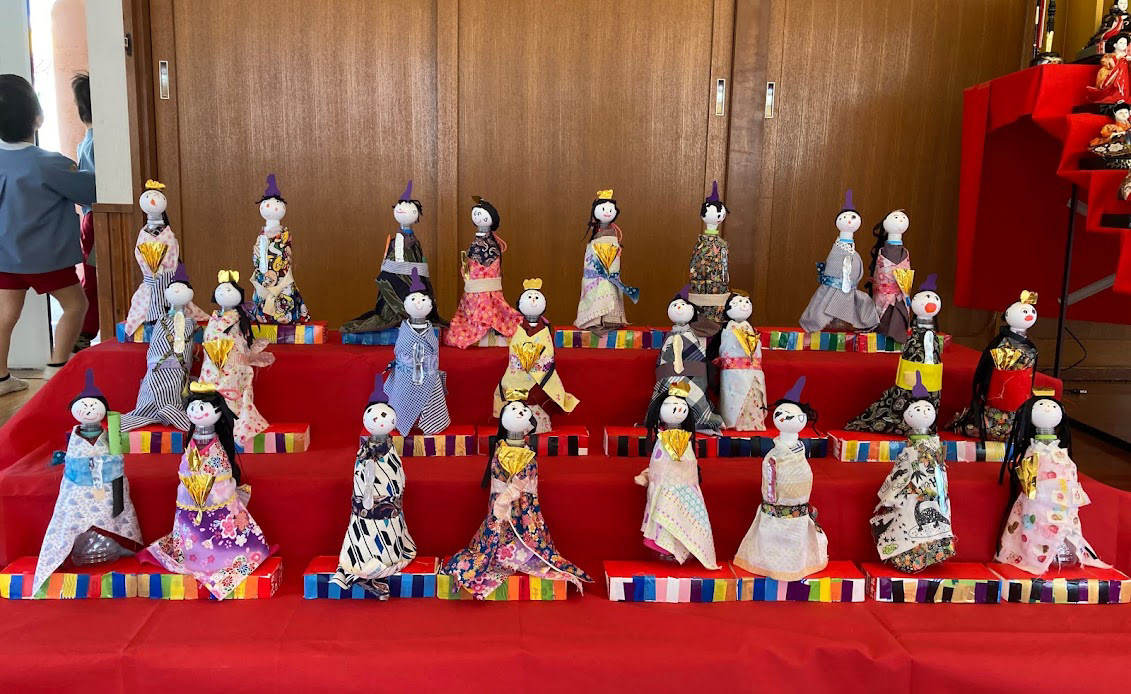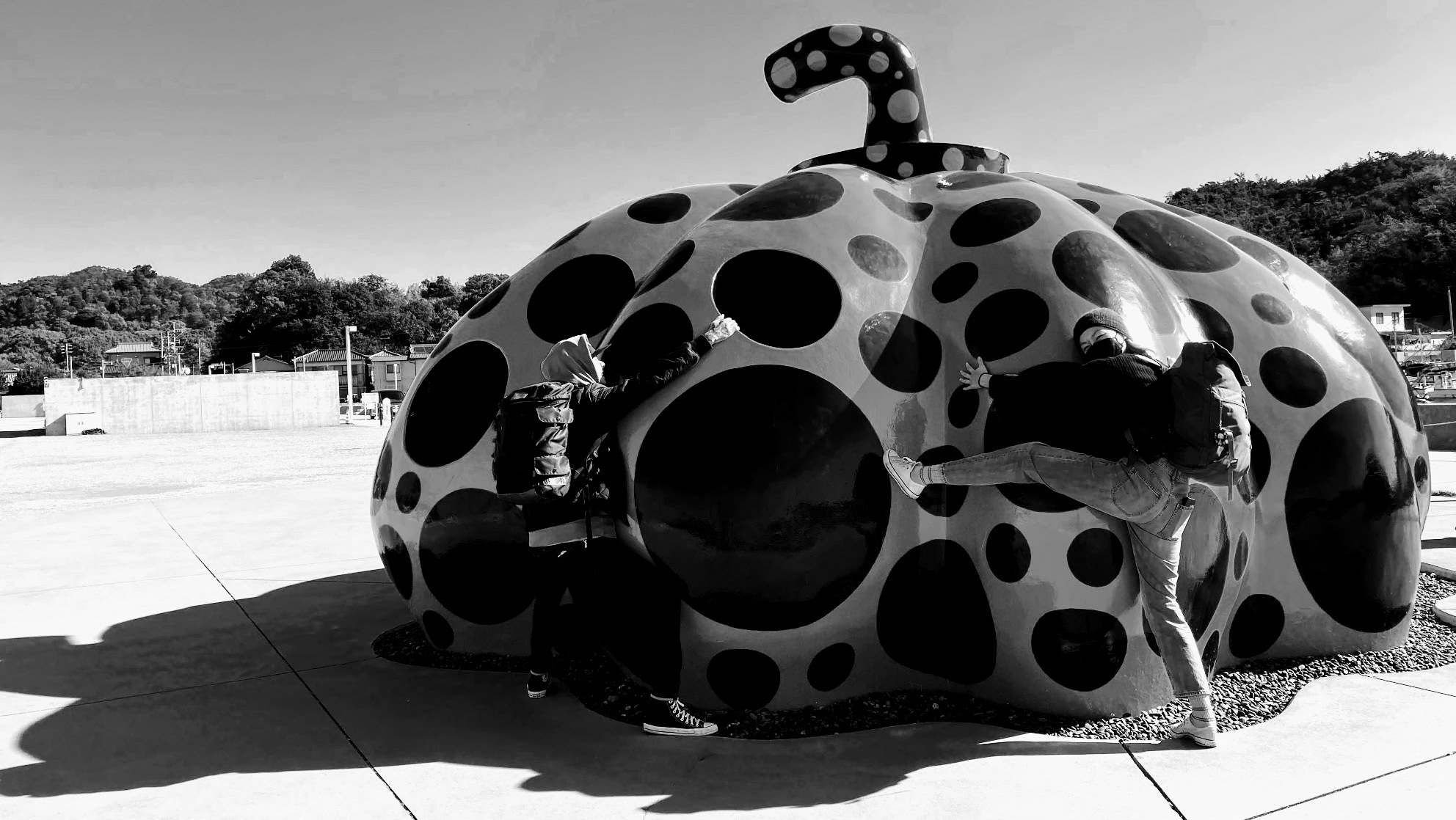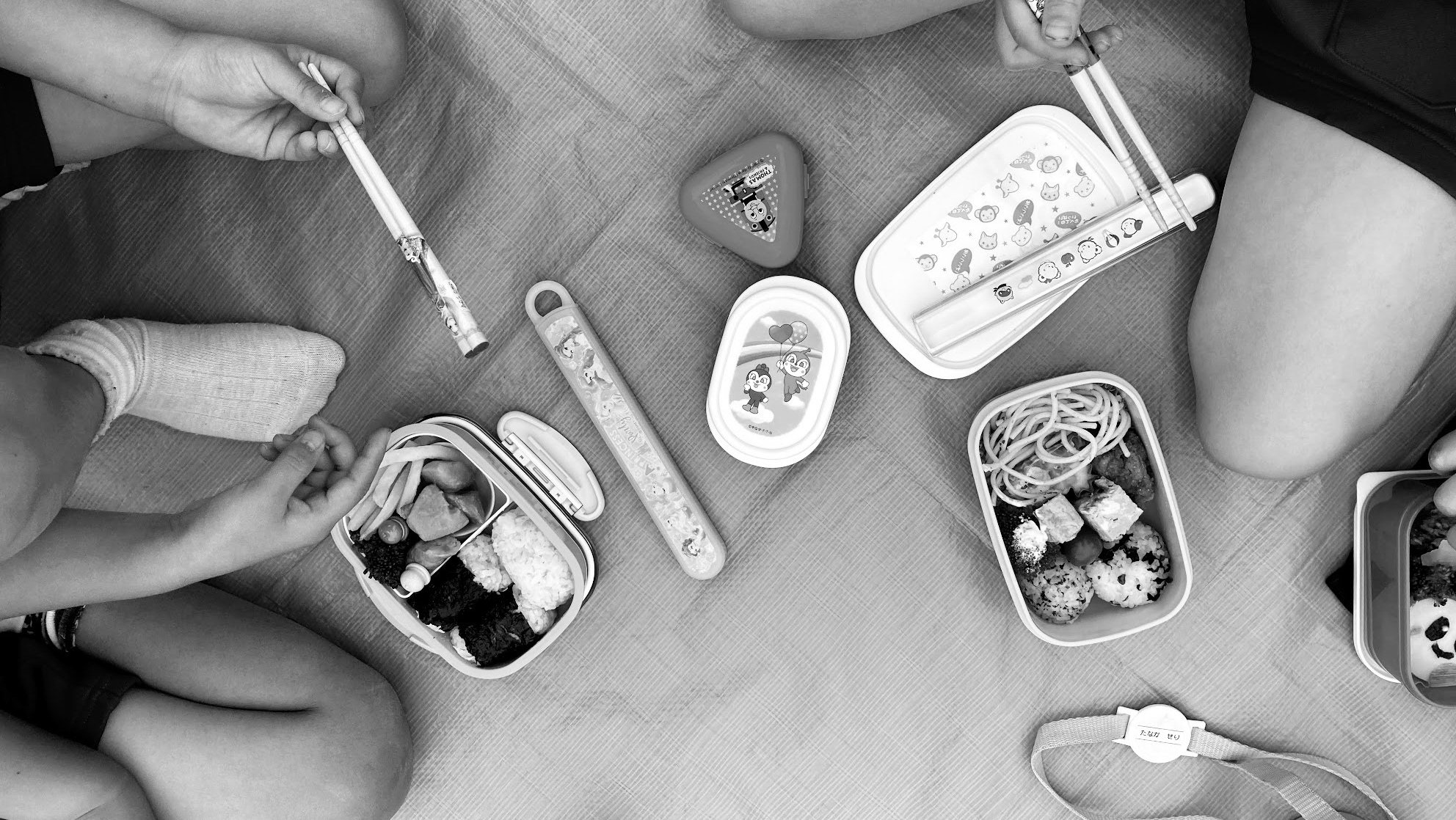3.4.22
This week marks a huge shift in my life: I am able to go to work with only 4, not 5, layers of clothes! Hurrah! At long last…spring is in the air. I especially sensed this today when entering upon a classroom of 5 year olds silent (I know…I was shocked too), concentrating on finishing their hand-made hina-dolls. And what are hina-dolls you may ask? Let us embark on yet another Japanese culture trip…
Today, March 3rd, marks Girl’s Day, also known as Hinamatsuri, which is one of Japan’s five seasonal holidays (called the gosekku.) This means schools and homes are decorated by an elaborate doll-set, a hinakazari, of the traditional Imperial Court–these dolls are the aforementioned hina-dolls. A doll set is made up of up to 6 terraced platforms called hina-den that support specific dolls on each level, with the Emperor and Empress reigning at the very top…and my goodness when I say these doll sets are elaborate, I mean they are E-LAB-O-RATE. And stunningly gorgeous. There’s so much detail going into the dolls, from the fabrics of each kimono layer to the latticed cabinet doors of the doll furniture…I caught myself standing in awe of the one adorning the youchien hall.
It’s a very important holiday because its purpose lies in celebrating and honoring Japan’s daughters–its many customs ask for good fortune and protection over a girl’s growth into adulthood. For example, families with daughters will eat chirashizushi, scattered sushi, as the main ingredients have different meanings such as: the shrimp symbolizing longevity, the bean symbolizing good health, the thin strips of scrambled egg symbolizing prosperity, and the lotus root symbolizing a clear future.
Experiencing the different cultural celebrations at the schools has been way more meaningful to me than what I would have expected. This is because I am relearning the significance of each day and each event in a way I had never gotten to when growing up in the states. Days like Hinamatsuri and Setsubun were taught to me through picture books and CD recordings played at home; however, this didn’t let me wholly grasp the significance and full picture of what such days actually mean to Japan’s history and people. But being a preschool teacher here lets me actually participate and celebrate with the kids, thus getting to celebrate the real way and have these “ooohhh… so THIS is what it’s like'' epiphanies. I guess I’ve found another way to embrace my Japanese roots through my PiA fellowship, for which I’m so so grateful.
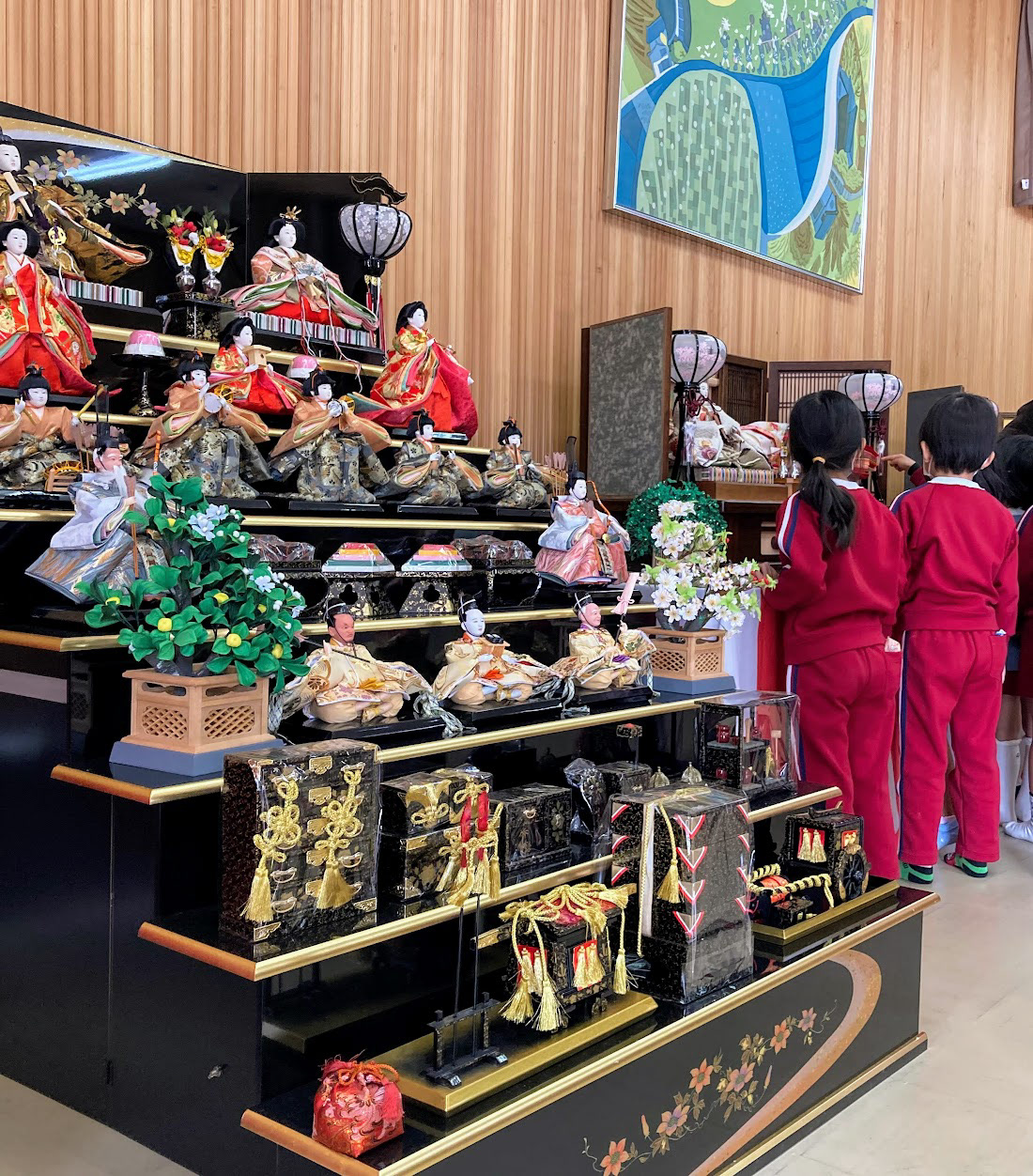
one of many hina sets I got to admire with the kiddos
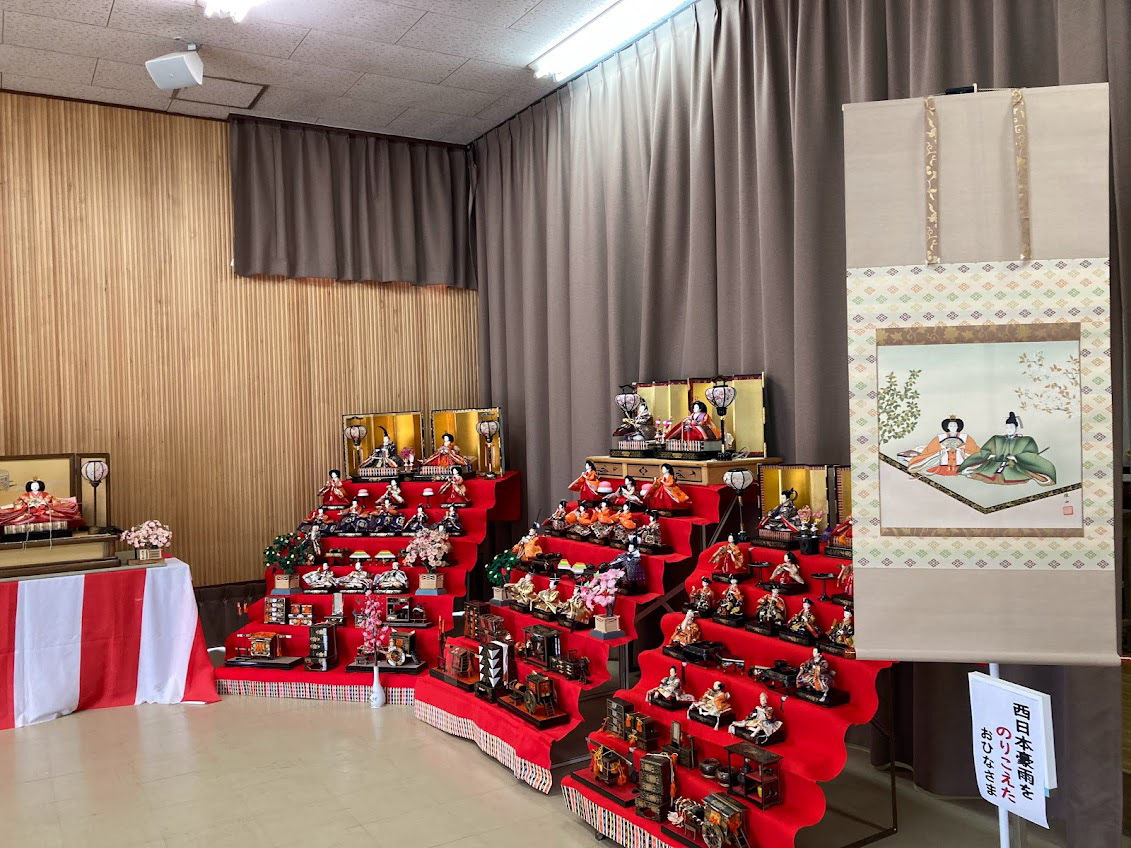
the elderly center also had a whole room set up to show the kids

our Hinamatsuri celebration!
